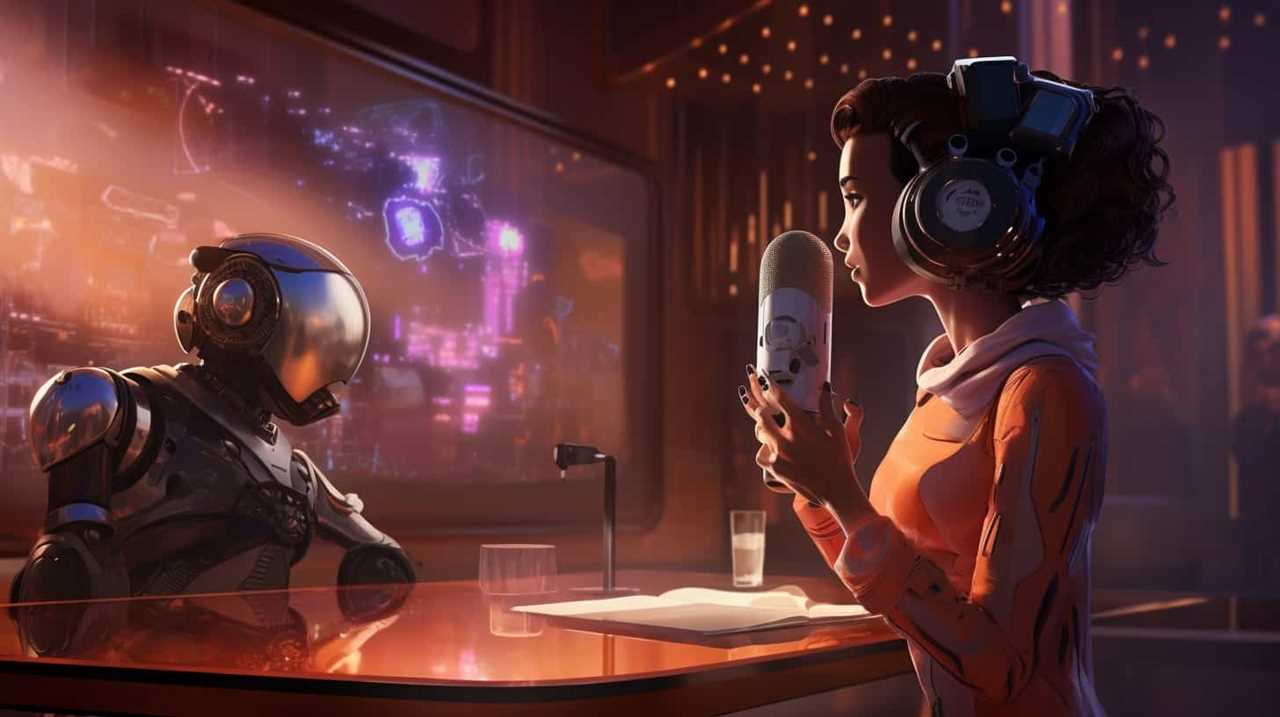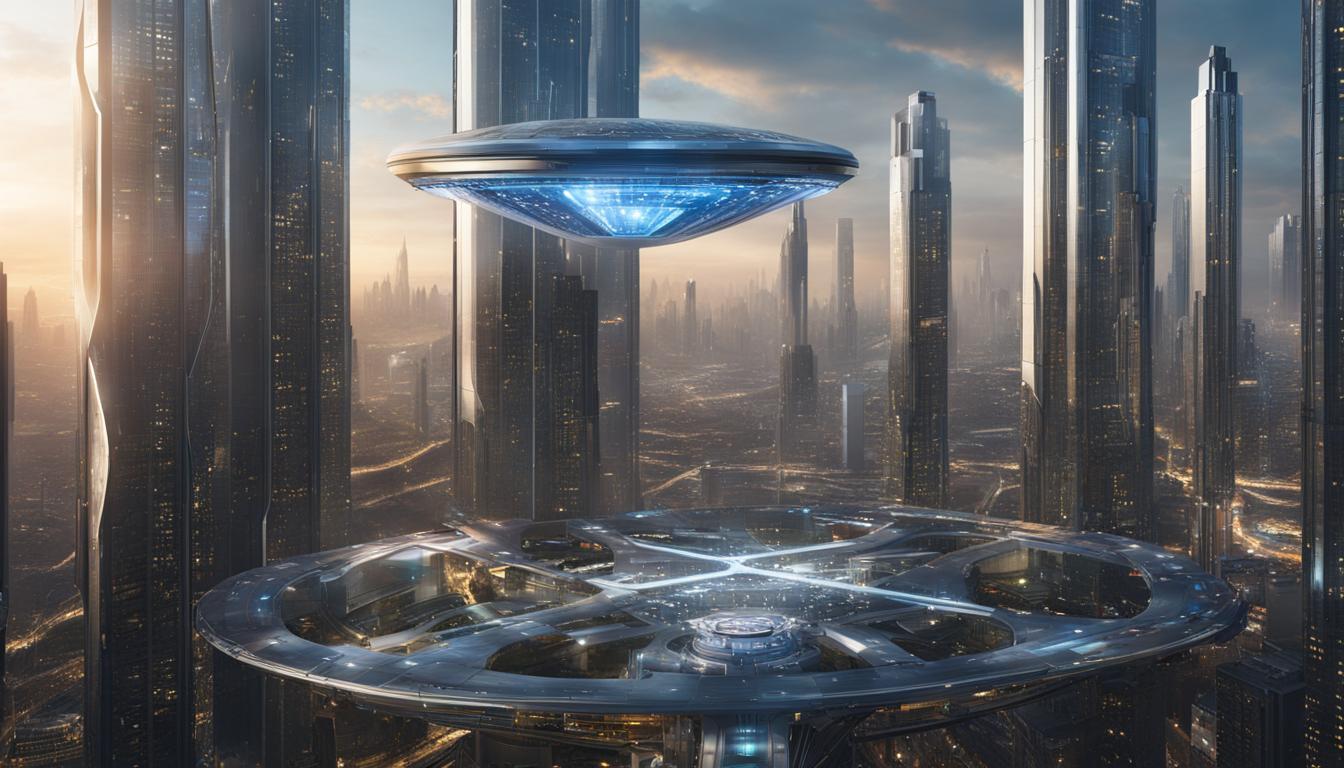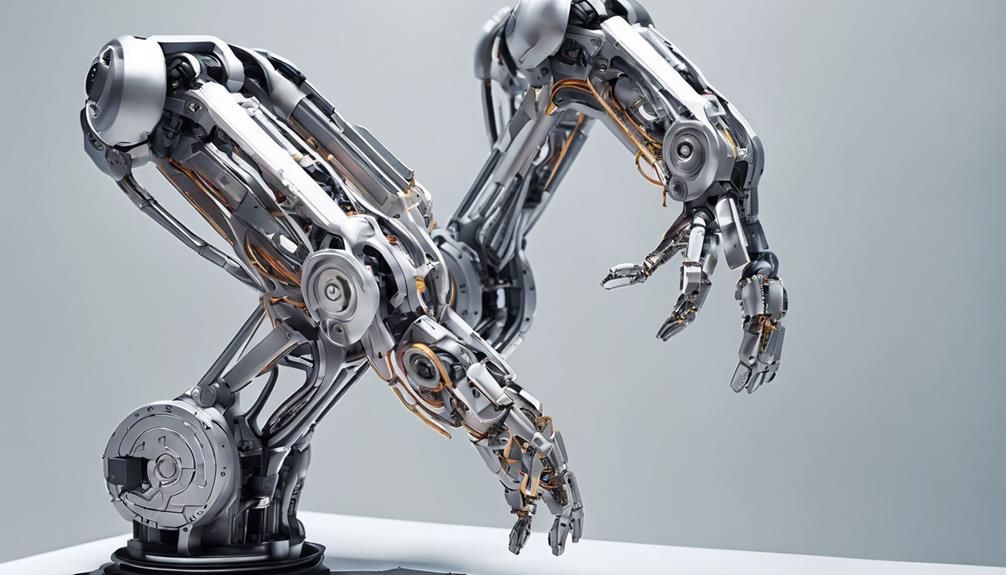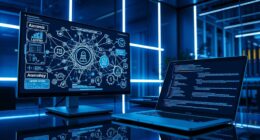The growing impact of Artificial Intelligence on the art world raises intriguing questions about the future of creativity and artistic expression.
As technology advances, AI-generated artworks are blurring the lines between human and machine creativity, prompting discussions about the role of artists in this evolving landscape.
The rise of AI in art challenges traditional notions of authorship and originality, hinting at a transformative shift that could redefine the very essence of art itself.
The implications of AI replacing artists go beyond mere automation, pointing towards a future where the boundaries between human and artificial creativity are increasingly nuanced and complex.
Key Takeaways
- AI revolutionizes artistic tools and processes, challenging traditional artist roles.
- Collaboration between human creativity and AI expands creative boundaries.
- AI blurs lines of authorship and originality, reshaping art creation.
- Democratization of art tools through AI sparks debates on artists' roles in AI-generated art.
The Evolution of AI in Art
The integration of artificial intelligence (AI) into the realm of art has revolutionized traditional creative processes, ushering in a new era of innovation and boundary-pushing artistic exploration. Generative AI models, powered by deep learning algorithms, have played a pivotal role in this evolution. Through techniques like Generative Adversarial Networks (GANs), AI has challenged artists to explore new creative boundaries, enabling the generation of paintings, music, and sculptures that are indistinguishable from human-created art.
The impact of AI in the art market is undeniable, showing immense potential for reshaping the creative landscape. Computer vision advancements further enhance this evolution, significantly impacting the perception and creation of visual art. The fusion of human imagination with AI technology results in the creation of unique and groundbreaking art pieces that blur the lines between man and machine. As AI continues to advance, its role in art is likely to expand, pushing the boundaries of what is possible in the realm of artistic expression.
Impact of AI on Artist Roles

As AI increasingly embeds itself within the realm of art, traditional artist roles are undergoing a profound transformation, propelled by the automation of tasks and the expansion of creative possibilities. Artificial intelligence (AI) is reshaping the landscape of artistic creation by offering tools that can assist or even lead the creative process. This integration of AI is not about replacing artists but rather about enhancing their capabilities and pushing the boundaries of what is creatively achievable. Artists are now collaborating with AI systems to explore new artistic territories, leading to the emergence of innovative art forms and techniques that were previously unimaginable.
AI's impact on artist roles goes beyond mere automation; it challenges traditional notions of authorship and creativity. By facilitating efficiency, personalization, and democratization in the art world, AI is enabling artists to delve deeper into their creative journeys. This shift towards the integration of AI in art is redefining the creative process, requiring artists to adapt to new ways of working and thinking.
AI's Influence on Creative Expression
By revolutionizing the tools and techniques available to artists, AI is fundamentally reshaping the landscape of creative expression. This intelligence is not only changing the way artists work but also challenging traditional concepts in the art world.
Here are four key ways AI is influencing creative expression:
- Art Generators: AI-powered tools like style transfer algorithms and neural networks can generate art pieces based on existing styles or input data, providing artists with new sources of inspiration and possibilities for experimentation.
- Automation of Repetitive Tasks: AI allows artists to automate time-consuming and repetitive tasks such as color correction or background removal, enabling them to focus more on their artistic vision and the conceptual aspects of their work.
- Reimagining Authorship and Originality: AI's involvement in the creative process blurs the lines of traditional authorship and originality, raising questions about what it means to create art in the digital age.
- Collaboration between Human Creativity and Technology: The integration of AI in art creation encourages collaboration between human creativity and technological capabilities, opening up new avenues for artists to explore and expand their creative boundaries.
The Disruption of Traditional Art
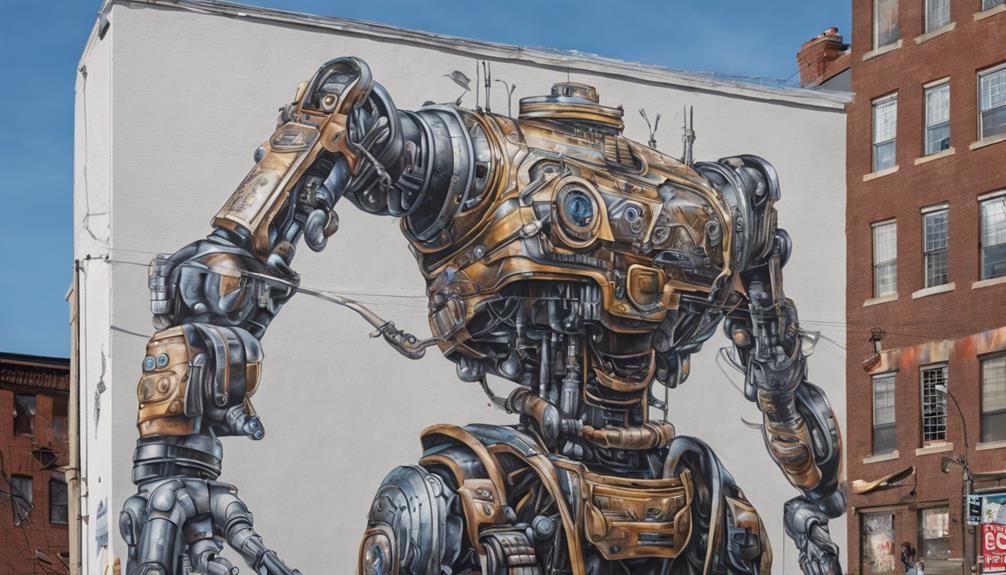
AI's impact on traditional art forms is evident in the way it challenges established modes of artistic creation and expression. The integration of cutting-edge AI algorithms in art is disrupting traditional art forms by offering new tools and techniques that were previously unavailable. Artists are now exploring AI as a medium for creation, blurring the lines between human creativity and machine-generated art. This disruption is reshaping the art world by democratizing access to art creation tools and techniques, potentially altering the dynamics of the industry. The growing presence of AI in art is sparking debates about the role of artists and the authenticity of AI-generated works in the traditional art market.
| Disruption of Traditional Art by AI | ||
|---|---|---|
| – AI challenges established artistic creation methods | ||
| – Integration of cutting-edge AI algorithms in art | ||
| – Blurring lines between human creativity and AI-generated art | ||
| – Democratizing access to art creation tools |
AI's Role in Redefining Creativity
The transformative impact of artificial intelligence on the realm of creativity is evident in the way it empowers artists to venture into uncharted artistic territories and redefine traditional art forms. AI's role in redefining creativity is profound, shaping the future of art through innovative collaborations between human creativity and advanced technology. Here are key points illustrating AI's impact on creativity:
- Exploring New Artistic Landscapes: AI enables artists to break free from conventional artistic constraints, encouraging experimentation and the exploration of new creative horizons.
- Democratizing Art: Through AI tools like Generative Adversarial Networks (GANs), art creation becomes more accessible to a wider range of artists, democratizing the art-making process.
- Fostering Inclusivity: AI in art fosters inclusivity by providing a platform for diverse voices and perspectives to be expressed through innovative means.
- Pushing Boundaries: The collaboration between human imagination and AI capabilities leads to groundbreaking art creations that challenge traditional notions of creativity and push the boundaries of what is artistically possible.
Frequently Asked Questions
How AI Is Redefining Art?
AI is redefining art by catalyzing creative breakthroughs, pushing artistic boundaries through innovative algorithms. As a collaborative tool, AI inspires artists to explore new realms of creativity, evolving the art landscape with unique, unprecedented works.
Is AI Really Going to Replace Artists?
AI will not replace artists but will augment their creative capacities. The synergy between human ingenuity and AI's capabilities leads to innovative art forms. Embracing AI as a tool, artists can explore uncharted realms and redefine artistic boundaries.
Is AI Art Devaluing Art?
AI art challenges perceptions of value in art. While some see AI art as devaluing traditional art due to questions of authorship and uniqueness, others view it as expanding creative horizons and sparking new dialogues about art's essence.
What AI Art Generator Is Everyone Using?
The AI art generator garnering widespread usage is DALL-E by OpenAI. Transforming textual descriptions into intricate visuals, DALL-E's neural network expands creative horizons. Its autonomous generation of diverse and unique artworks revolutionizes artistic expression.
Conclusion
In conclusion, the integration of AI in the art world is revolutionizing traditional artistic practices and challenging conventional notions of creativity.
As technology continues to advance, AI's impact on art creation, analysis, and valuation will only grow, reshaping the role of artists and democratizing art for a wider audience.
This evolution of AI in art signifies a significant shift in the creative landscape, emphasizing the need for artists to adapt and collaborate with technology to remain relevant in the ever-changing artistic environment.

